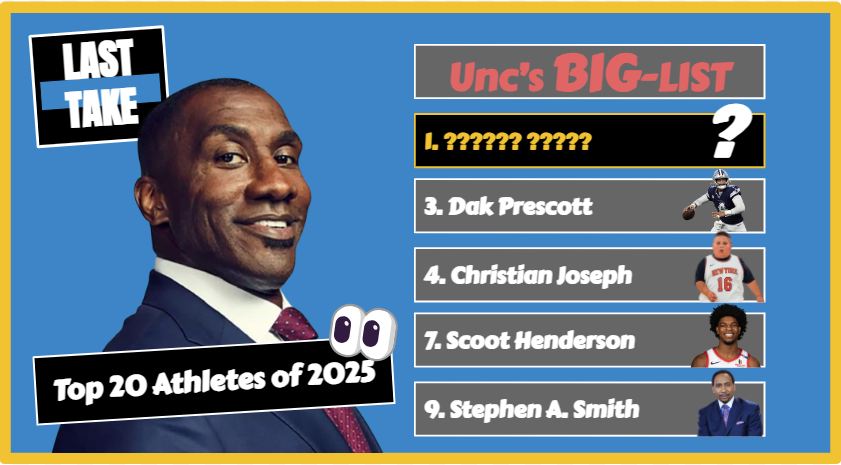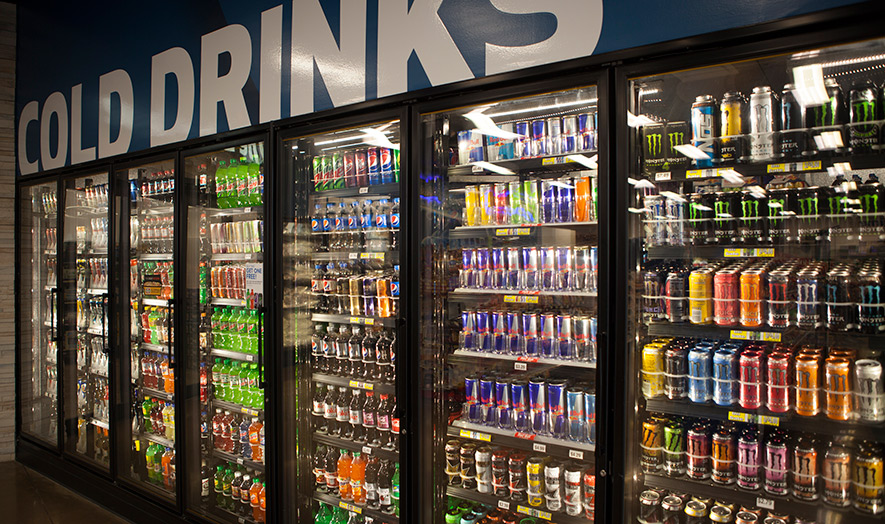Hi Raptors!
Have you ever thought about running a half marathon? Are you a beginner unsure if you can run the entire 13.1 miles? Well, speaking from experience, it is completely achievable! A half marathon is between a 5K and a marathon. Running a half marathon is an excellent goal to set for yourself. If you want to start running, allow yourself around ninety days to train. This commitment is great for your physical health and mental strength; anyone can do it if they stay dedicated!
Preparation: Mental and Physical
Although a half marathon isn’t the full 26.2 miles, it still requires significant preparation. The most considerable sacrifice is the time commitment. Depending on the training plan you choose to follow, you will be running a variety of distances and speeds around 4 or 5 days a week. You also need to make sure you are stretching before and after every run to keep your body loose and avoid injuries. Pushing yourself too hard can quickly lead to many common running injuries like shin splints and tendonitis. It requires a lot of mental strength to stay committed to your training, but it also builds your cognitive abilities as you work your way up! Cross-training is essential when putting your body through all the stress of increased running. Going to yoga classes or weight training is a great way to exercise the other muscles in your body. In addition to focusing on your physical training, remember that mental preparation is equally important. Visualization techniques can be beneficial; imagine yourself crossing the finish line, feeling strong and accomplished. This type of positive reinforcement can help calm your nerves on race day and keep you motivated during training.
Training Plan:
I suggest choosing a training plan before you start your training. I recommend the Nike Run Club! These training plans can be found online and will provide you with suggested distances, times, or speeds to run each day of each week. You will also need to slowly build up the mileage in order to be able to run the double-digit miles on race day. Your training will also suggest one or two weekly rest days and ask that you recover after each run. Connecting with fellow runners in your community or through online forums is also a great idea. Sharing experiences, tips, and encouragement can make the journey much more enjoyable and less isolating. Consider joining a running club or participating in group runs to build camaraderie and accountability.
Nutrition and Hydration:
Running requires a lot of physical strength and endurance; nutrition and proper hydration are key to staying healthy. Before a run, fuel up by eating carbs and proteins and hydrate by drinking electrolytes such as Liquid IV. Depending on how many miles you are running, I suggest you take one running gel per three miles in order to keep your energy up. My favorite brands are GU and Honey Stinger. After your run, continue drinking water and eating to give yourself those calories you just burned.
Gear:
Although running equipment is not required, a couple of items will make your experience easier. Good quality running shoes are the first and arguably most essential tools you will need. The best way to obtain these shoes is by going to stores that offer fittings, like Fleet Feet or The Foot Store. Similarly, good socks are essential to keep your feet from hurting. You will need a belt bag or a running vest to hold your gels, chapstick, or tissues. Also, technology-wise, headphones and a phone or smartwatch to track your runs are always helpful. Finally, since it’s very cold in February, layers will be your best friend when keeping your body warm during these runs.
Race Day:
As race day approaches, familiarize yourself with the course map. Knowing the route will help you mentally prepare for any hills or challenging sections, allowing you to strategize your pacing. Finally, don’t forget to enjoy the experience! Embrace the excitement of the event, the support of the crowd, and the sense of achievement as you accomplish this incredible goal. Most races start early in the morning, around 7 or 8 am. It is best to arrive about an hour before the race begins to ensure you are early enough to park, get comfortable with the area, and finish your final preparations! A couple of days before the race, it is suggested that you fuel up on carbs and electrolytes to prepare your body. Make sure to have a nutritious dinner the night before and breakfast the morning of. Get a good night’s sleep, more than eight hours. Also, in the morning, don’t eat anything that could upset your stomach. Although the pacing is emphasized in the running, it does not matter to a beginner. Finishing the half marathon is impressive enough; you don’t need to run at a 7-minute pace if it is uncomfortable. Many beginners run around a 10-minute pace, meaning a two-hour and 10-minute half marathon, but everyone’s running journey is different. Even though the start of the race can bring about some nerves, take a deep breath and realize it is exhilarating!!!
Recovery:
Last but not least, recover properly after this long run. Your body will need calories in the form of carbs, proteins, and sugars. Also, drink a lot of water to stay hydrated and refreshed after this exhausting physical activity. And make sure you celebrate this incredible accomplishment! Remember, every step you take brings you closer to finishing your half marathon. Good luck, and happy running!
Street Wilson, Isla Todd, and I were training for several months for the Charleston Half Marathon on January 25th. Unfortunately, it got canceled due to the unexpected snow Charleston experienced. But thankfully, just two weeks later, on February 8th, is the Folly Half Marathon we will now run! Many more people love to run just like us! For example, Everett Landrith believes you should run a half marathon because “it’s good for the soul.”















